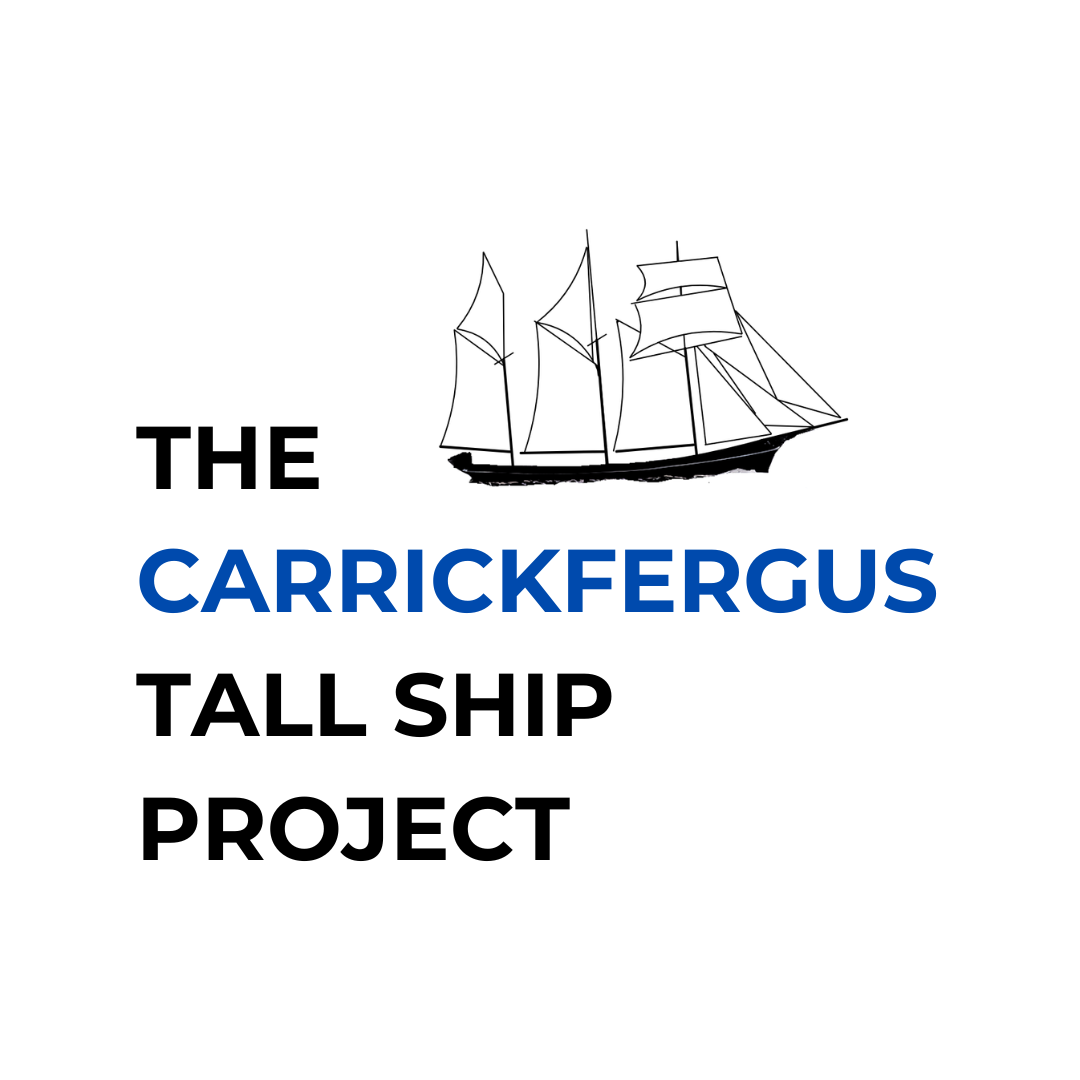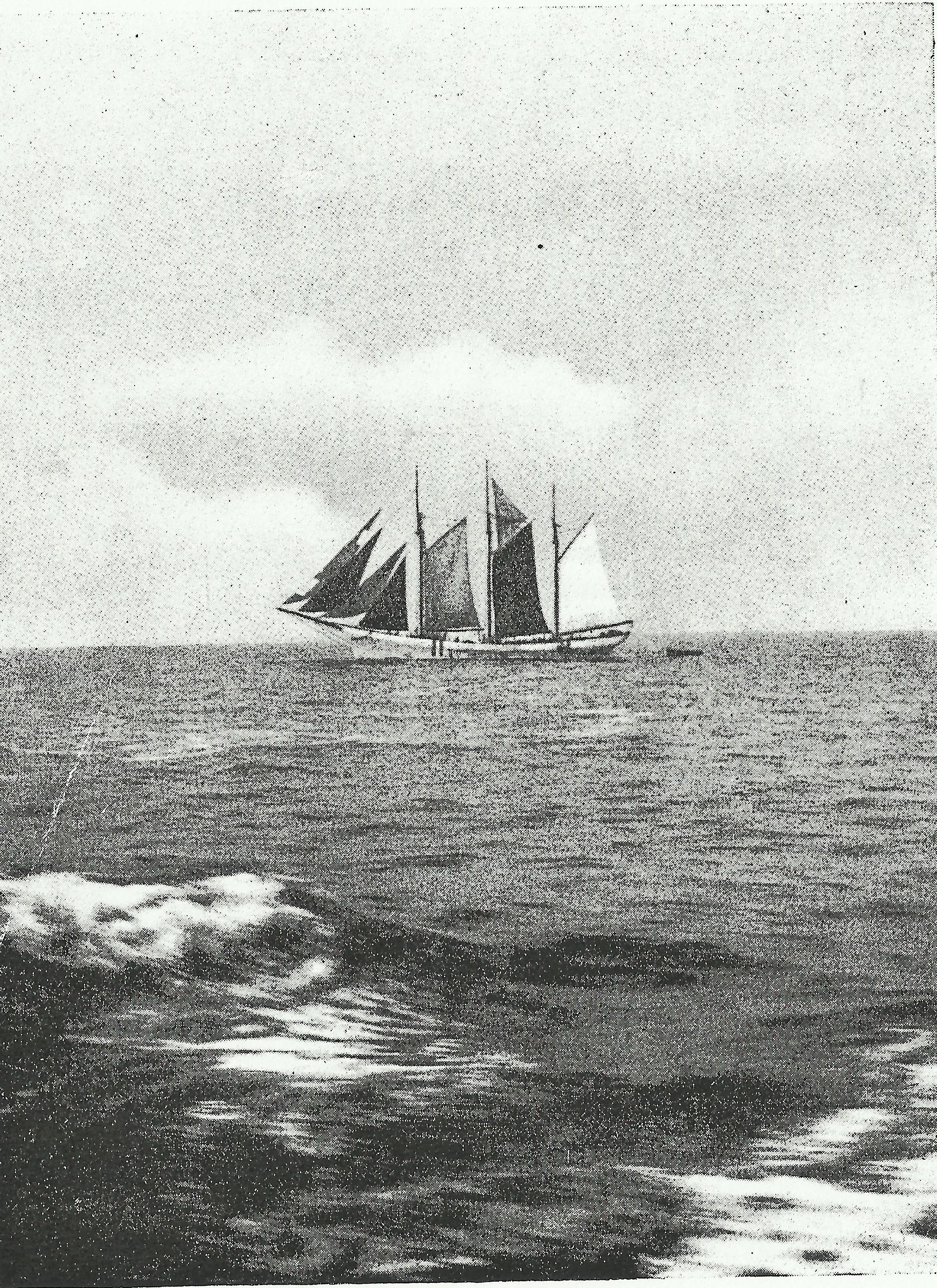The onset of the First World War placed merchant shipping in grave danger with more than 200 British and Irish schooners and small sailing ships lost to enemy action. It was too expensive for German U-boats to use torpedoes on small ships and so they would attack by surfacing and then shelling the targeted ship. However, U-boats on the surface were vulnerable, and with this in mind the Royal Navy conceived the idea of the Q-ship.
Named as such because the first ships were converted in Queenstown, today Cobh, County Cork, a few inoffensive- looking merchant ships were requisitioned and armed. This armament was camouflaged, so that U-boats would be lured to the surface where they themselves could be attacked. To aid the deception, only five men would appear on deck at any one time, to represent the usual crew compliment of a trading schooner.
The Result was chosen and converted in Lowestoft, Suffolk, for patrols in the North Sea. She had an all-volunteer crew as was usually the case with crowded and uncomfortable small ships. The men were offered extra wages rightly termed “danger money”. There were 23 men on-board who were keen to serve even though they had been warned that their posting would be “hazardous, at times monotonous, and not free from discomfort”. Lieutenant Muhlhauser who was second in command on-board wrote a book called ‘Small Craft’ after the war which gives a fascinating first hand account of life in a Q-Ship.
Q-Ship Story - The Result at War
Two large 18 cwt. 12 pdr. guns were installed in gun wells sunk into the former cargo hatches. The bulwarks either side were cut and could be lowered when in action. An additional 6 pdr. gun was disguised on deck. While aft two 14” torpedo tubes were fixed and made to look like washports (openings in a ship’s bulwarks designed to quickly drain water that washes onto the deck) from the outside. The weaponry was so effectively disguised that during her sea trials other vessels came right alongside her and their crews did not notice them.
The Result in the North Sea during her service as a Q-Ship.
On the 15 March 1917, in the North Sea, the German U-boat U.C.45 approached the Result and began firing a steady but inaccurate barrage at the schooner. The five men on deck took to a small boat a short distance from their ship, rowing in circles and doing their best impression of a terror-stricken merchant crew - nicknamed the ‘panic party’. The eighteen remaining crew hid from view and endured the continued barrage. U.C.45 kept its distance while firing, and after 45 minutes Lieutenant Mack of the Result gave the order to open fire. With the first shot they hit and damaged U.C.45, which quickly dived to escape.
As Result headed back for the coast that night it encountered another, smaller, U-boat. Both vessels opened fire but the submarine escaped. When the Result eventually arrived in port it took two days to repair the damage which was mainly to the sails and rigging. Lieutenant Mack and the sailing master, J. Reid, who had commanded the small boat, were mentioned in dispatches for their part in the action.
The Result encountered her third U-boat on the 5 April 1917. The U-boat surfaced under the rising sun, where she could hardly be seen by Result’s crew, and opened fire. A shell pierced the hull at the waterline and caused an explosion in the magazine. Two crew members were injured and water began pouring through the hole in the side of the ship. Despite the chaos on board, the crew returned fire, prompting the U-boat to dive to escape.
The Result carried her battle scars for the rest of career at sea. During restoration works in the 1970s the plate that was pierced by the German U-Boat shell was removed and today it is on display in the ‘Last Ulster Schooner’ exhibition at the Ulster Transport Museum.
Unknown to the crew the U-boat had photographed the Result before attacking. A few months later the Royal Navy discovered this, and with her cover blown she was returned to her owners in August 1917. Though she spent the rest of the war in the less dramatic role of a cargo carrier, the severe shortage of merchant ships at this time meant that she was no less vital to her country’s fortunes.




